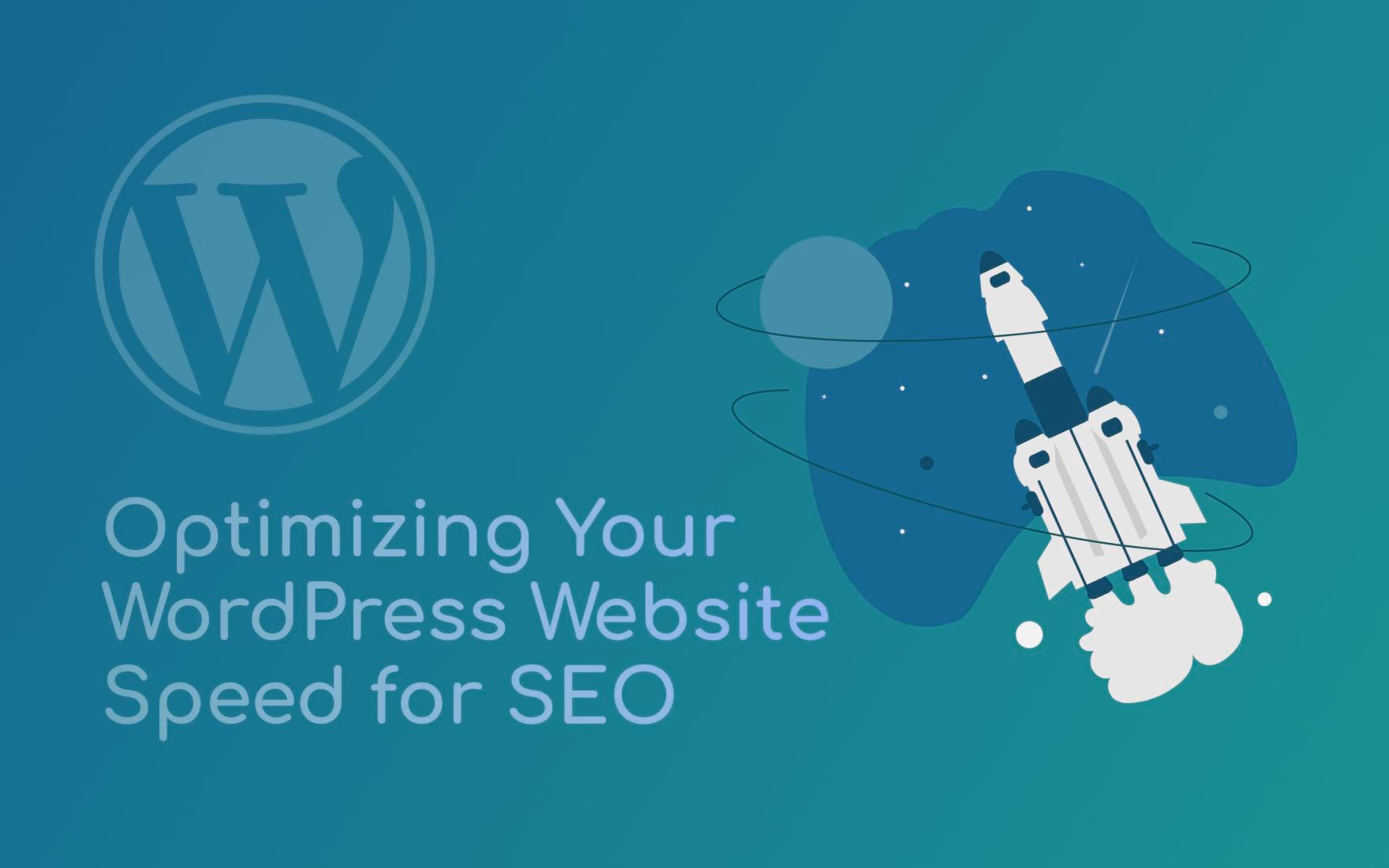Introduction: In the fast-paced digital world, every second counts. A sluggish website not only frustrates visitors but also impacts your search engine rankings. Enter the realm of website speed optimization – a critical factor not only for user experience but also for SEO. In this comprehensive guide, tailored for WordPress websites like W3Layouts, we’ll delve into the strategies and techniques that can transform your site’s loading speed, enhance user engagement, and boost your search engine ranking.
Table of Contents:
- The Interplay Between Speed and SEO
- Analyzing Current Website Speed
- Image Optimization: A Visual Advantage
- Minimizing Code and Scripts
- Leveraging Browser Caching
- Prioritizing Above-the-Fold Content
- Content Delivery Networks (CDNs) Unveiled
- Plugins Management for Optimal Performance
- Mobile Responsiveness for Speed
- Continuous Monitoring and Optimization
The Interplay Between Speed and SEO: While user experience has always been paramount, the relationship between site speed and SEO has grown stronger. Search engines, especially Google, prioritize fast-loading websites because they result in better user engagement and retention. A slow site can lead to higher bounce rates, signaling to search engines that your site might not be offering valuable content. As a result, your search engine rankings can suffer. Conversely, a swift and responsive website encourages visitors to stay longer and explore more, contributing positively to your SEO efforts.
Analyzing Current Website Speed: Before embarking on the journey of optimization, you need to establish a baseline. Tools like Google PageSpeed Insights, GTmetrix, and Pingdom offer insights into your website’s performance metrics. They provide recommendations for improvement, such as optimizing images, leveraging browser caching, and minimizing JavaScript and CSS files.
Image Optimization: A Visual Advantage: Images play a pivotal role in capturing users’ attention and conveying your message effectively. However, large and unoptimized images can significantly slow down your website. Employ techniques like compression to reduce file sizes without compromising quality. Additionally, consider lazy loading, which loads images only when they come into the user’s viewport, enhancing the initial page load speed.
Minimizing Code and Scripts: Streamlining your website’s code is an effective way to improve loading times. Minimize HTML, CSS, and JavaScript files to reduce the amount of data that needs to be transferred from the server to the user’s browser. Cleaner code not only speeds up your website but also simplifies maintenance and troubleshooting.
Leveraging Browser Caching: Browser caching allows frequently accessed elements of your website to be stored locally on a user’s device. This means that on subsequent visits, these elements don’t need to be reloaded, leading to faster load times. By setting appropriate expiration headers, you can control how long these elements are cached.
Prioritizing Above-the-Fold Content: The content that appears above the fold—the visible part of the page without scrolling—holds utmost importance. Ensure that this content loads quickly and efficiently. Techniques such as asynchronous loading of JavaScript and inline CSS can prevent rendering delays and provide a seamless user experience.
Content Delivery Networks (CDNs) Unveiled: Content Delivery Networks, or CDNs, are a network of servers strategically positioned around the world. These servers store cached versions of your website’s static content. When a user accesses your site, the CDN serves the content from the nearest server, reducing the physical distance data needs to travel. This leads to quicker loading times, especially for users in distant geographic locations.
Plugins Management for Optimal Performance: Plugins are both a blessing and a potential source of slowdowns. While they can enhance your website’s functionality, using too many or poorly coded plugins can bog down your site. Regularly assess your plugins and remove any that are no longer necessary. Prioritize lightweight, efficient plugins, and update them regularly to ensure compatibility and security.
Mobile Responsiveness for Speed: In an era where mobile devices dominate web traffic, mobile responsiveness is no longer an option—it’s a necessity. A responsive design ensures that your website not only loads quickly but also provides a seamless and enjoyable experience across a variety of devices and screen sizes.
Continuous Monitoring and Optimization: Website speed optimization is an ongoing process. Regularly monitor your website’s performance using the tools mentioned earlier. Pay attention to how your changes impact loading times and user engagement. Stay up-to-date with industry best practices and technological advancements to ensure your site remains speedy and competitive.
Conclusion: In the rapidly evolving digital landscape, website speed optimization isn’t just a technical concern—it’s a strategic imperative. By implementing the strategies outlined in this guide, tailored for WordPress websites like W3Layouts, you’ll be on the path to creating a website that loads swiftly, engages users, and enhances your search engine rankings. Remember, a fast website isn’t just a luxury—it’s a crucial element in capturing and retaining the attention of your online audience. Embrace the power of speed, and watch your WordPress website soar to new heights of success.


